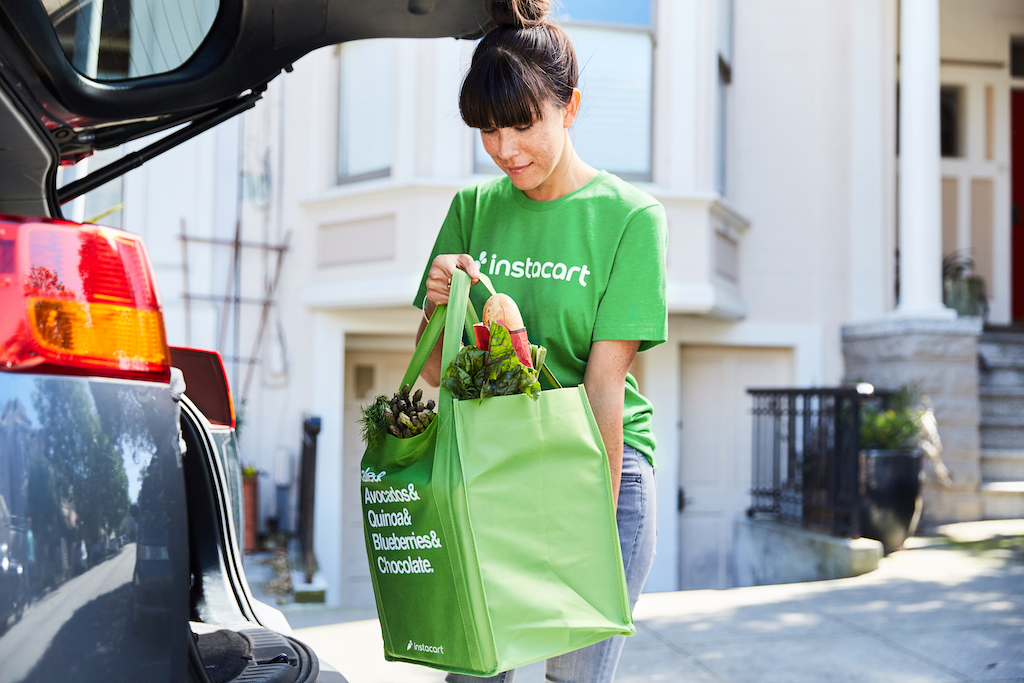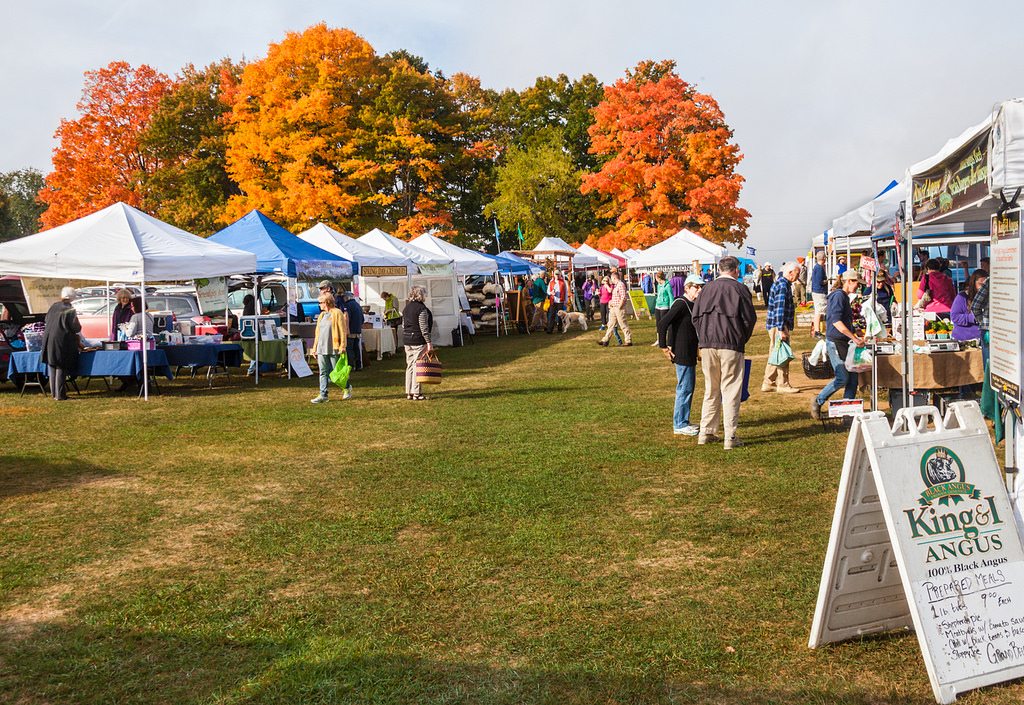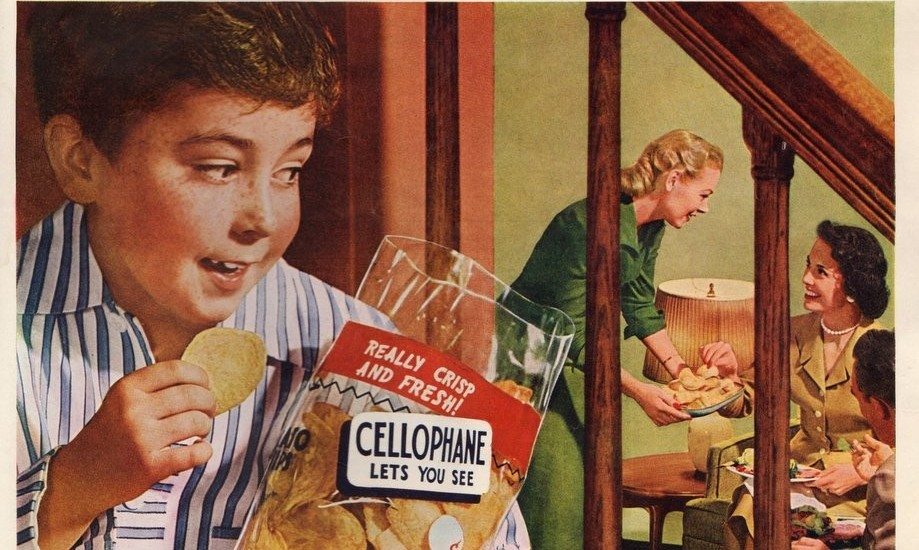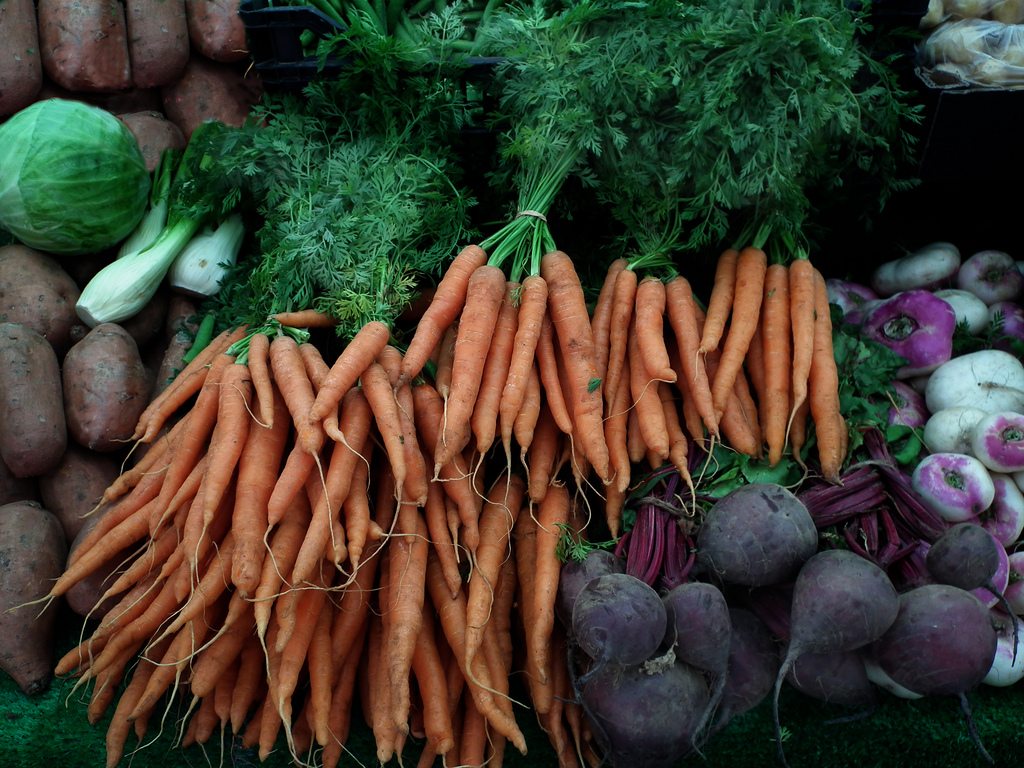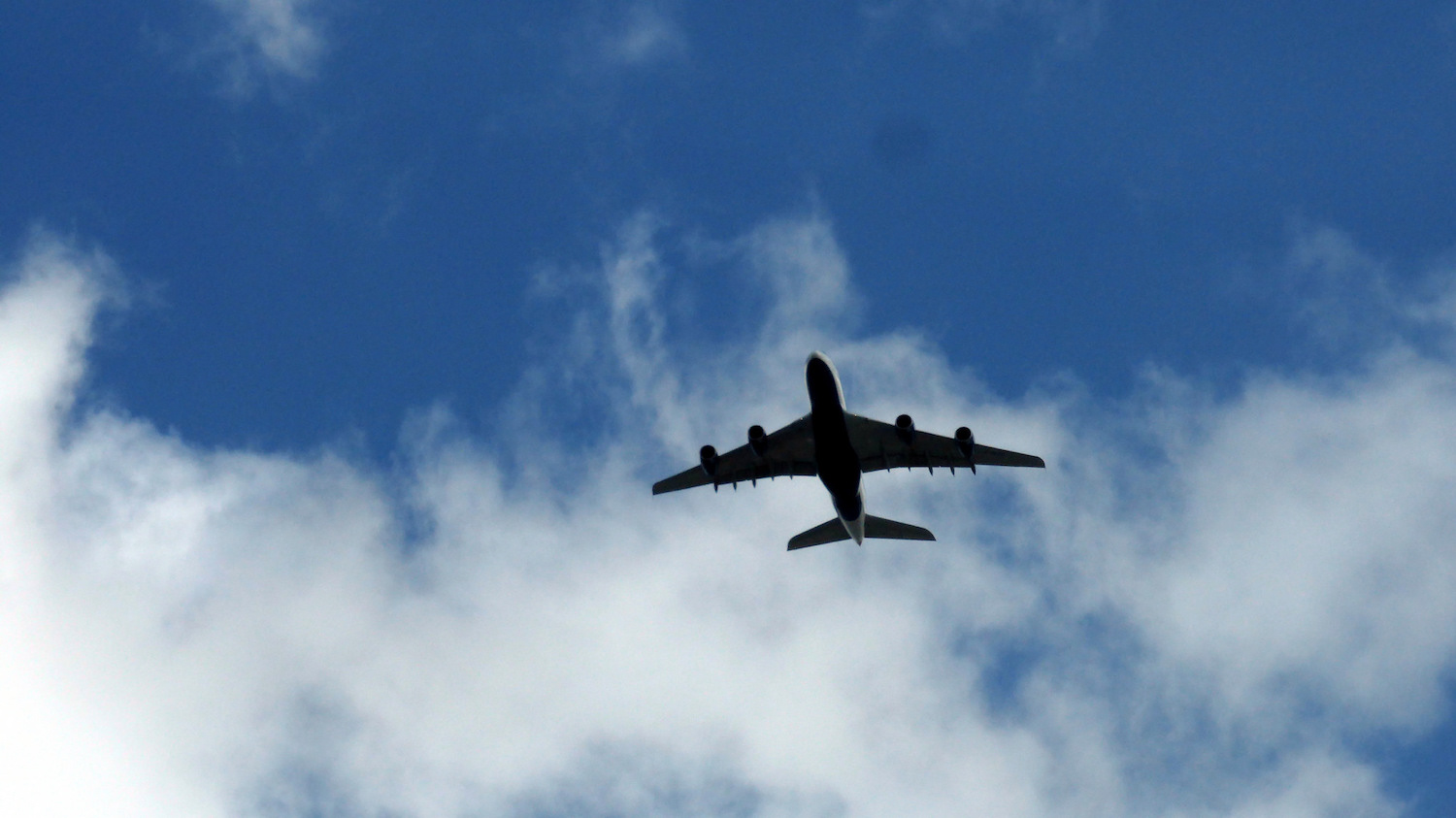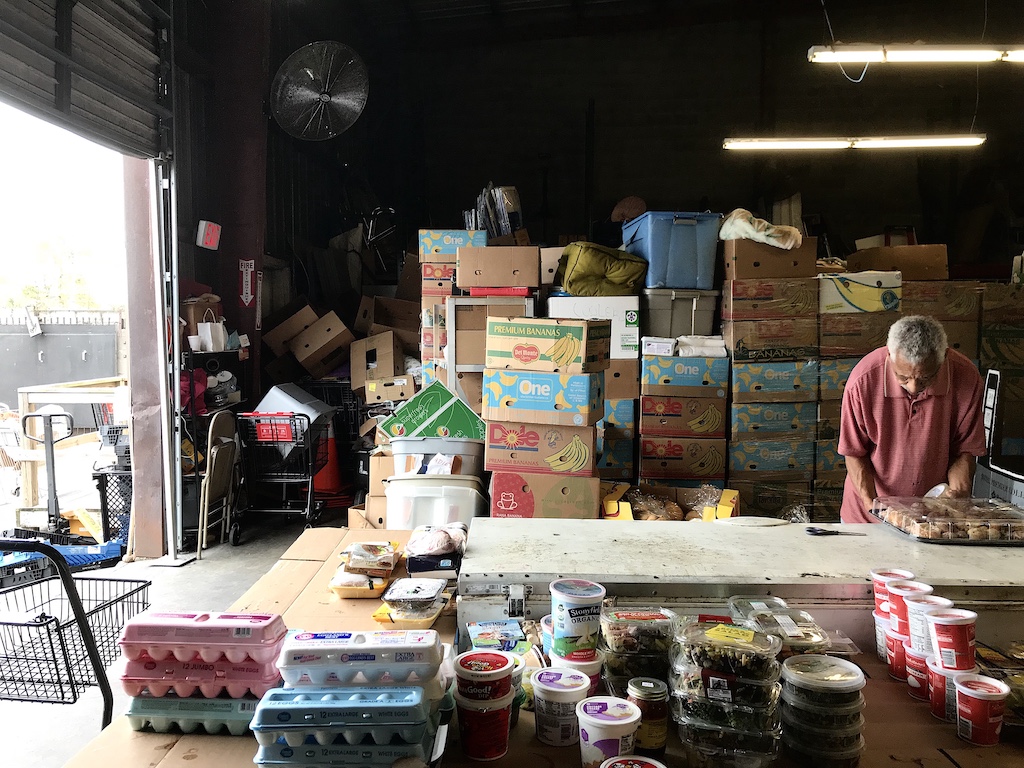
Karen Gardner
Karen Cantrelle stood in the back room of Our Lady of Guadalupe Catholic Church near New Orleans’s French Quarter, watching as people filled the room. Each person took a plate of food, a water bottle, and a styrofoam bowl full of bread pudding. She exchanged greetings and jokes with a few people, rerouted the line when there was a bottleneck, and returned to sit across from me at a white plastic table. “It’s so sad,” she said quietly. “This is the only meal some of them are going to get today.”
Cantrelle works for St. Jude Community Center, a food pantry and soup kitchen that lies across Rampart Street from Our Lady of Guadalupe Chapel, a Roman Catholic church. Named for the ramparts built to protect the original French settlement, Rampart Street forms a hard border. It is the dividing line between the French Quarter and the Bienville Basin Apartments (formerly the Iberville public housing development). This side of Rampart Street, across from the oldest part of the city and on a subtle incline into its bowl-shaped topography, is home to buildings that—just blocks from safer, higher ground—are most likely to stand in water when the city floods.
New Orleans’s system of pipes, pumps, and canals, The Advocate wrote two days later, “is designed to handle 1 inch of rain in the first hour and a half-inch every hour after that.” The system was overwhelmed and the bowl began to fill. New Orleans, once again, was flooding.
St. Jude’s took on water and sat, flooded, through the weekend. The onslaught buckled the building’s linoleum tile floor, softening the walls and ruining the drywall. When its staff opened the center’s doors on Monday, the building was unusable.
That July, as it does every month, St. Jude Community Center’s food pantry had provided groceries to over 400 families. The soup kitchen had served 2,100 breakfasts and 4,350 lunches in that month alone. But everything would change after the flood. St. Jude’s staff immediately went into disaster mode, emptying freezers and giving out all they had. The pantry shut down temporarily. Breakfasts were suspended and lunches, served from Our Lady of Guadalupe Church across the street, were most often cold sandwiches, a departure from the hot meals the center had been serving for years.
Somehow, four inches of afternoon rain had all but crippled a longstanding and essential community resource.
——
A vast network of food pantries, tucked into community organizations and churches, covers New Orleans’s food assistance needs. They form a thin and tattered safety net for this city plagued by the ongoing inequities of structural racism, including stubborn unemployment and concentrated crime. Run by volunteers—mostly women and mostly over the age of 60—New Orleans’s food pantries are struggling to survive. The threats are many. Amid rising home prices and repeated natural disasters, its volunteer champions are aging out. The network quietly shifts and strains, finding itself on weaker and weaker footing—at the very same moment it is most intensely needed.
 Karen Gardner
Karen Gardner On July 5, 2017, four inches of afternoon rain had all but crippled a longstanding and essential community resource
It has been well over a decade since New Orleans was swallowed up and spit out by Hurricane Katrina, and it is possible to drive through whole swaths of this city without seeing evidence that it had ever been under water. While approximately 80 percent of New Orleans flooded during the storm, which struck the Gulf Coast on August 29 of 2005 with sustained winds of more than 100 miles per hour, the central business district and primary tourist neighborhoods were relatively unaffected by the storm. Flood water levels varied by neighborhood. Some were flooded by just a foot of water, while others were overwhelmed by more than 10 feet.
In the years since, New Orleans’s physical infrastructure has largely recovered. Buildings that were once soaked and weakened have been torn down and rebuilt; others have been refurbished or repaired. But, the city’s economic recovery has been geographically and demographically segregated. As you drive away from the river, especially east into historically under-resourced neighborhoods, such as in large stretches of New Orleans East or the Lower Ninth ward, you will still find concrete foundations with steps out front that lead to nowhere—the ghostly imprint of someone’s former home.
Post-Katrina, New Orleans has experienced two defining trends: an influx of transplants with disposable income and, under the dual pressures of rising home prices and disaster recovery, displacement of its many lower income residents. After a rush of relief money and national attention followed the flood, the food bank that serves south Louisiana swelled to temporarily become the country’s largest. But after all that national attention waned, it was left to help feed a struggling city with steadily decreasing resources. The majority of federal spending in the aftermath of Katrina ($75 billion of the $120.5 billion in total spending) went to emergency relief. The far more demanding and drawn-out—and far less camera-ready—rebuilding and resilience efforts were, on the other hand, relatively underfunded. Private insurance claims covered less than $30 billion of the estimated total losses of $100 billion.
Resources for disaster recovery address short-term needs. But they very often fall short of alleviating long-term systemic crises—the ongoing, everyday disasters of hunger and poverty, for instance. Food pantries and other social service organizations may be flush with resources during and right after an emergency, but as focus shifts, they are left under-resourced. And the already strained communities they served before the disaster are many times the ones most destabilized by a crisis.
It’s easy to forget that a city’s food assistance network is a community in itself, and that while tending to the urgent needs of vulnerable people, is equally vulnerable to its own property destruction, chaos, and loss.
———–
On Downman Road in New Orleans East, a repurposed garage sits behind a cement wall across from Leo’s Auto Repair. The small front room is bustling with activity—chairs set out for people to wait in, grocery carts moving into and out of the large garage space out back, phone ringing, volunteers registering people who walk in. This informal space’s formal name is Love in Action, one of the busiest food pantries in the city. Gail Womack Murray, an energetic woman in her 60s with a bright smile and short, springy curls, is the pantry’s founder.
 Karen Gardner
Karen Gardner Gail Womack Murray first encountered the food assistance network as a recipient. Now, she has started her own food pantry, This is Love In Action, one of the highest serving food pantries in the city.
Murray—or Ms. Gail to everyone who knows her—first encountered the food assistance network as a recipient. She had been recently divorced with three small children, working for the federal government, and struggling through a very particular predicament. Her salary was too high to qualify her family for the Supplemental Nutrition Assistance Program (SNAP, commonly known as food stamps). So a neighborhood food pantry stepped in to help her bridge the nutrition gap, providing groceries in a critical moment.
It was inspiration by way of firsthand experience: Murray went on to raise 10 children and start her own food pantry. And then, years later, Hurricane Katrina destroyed it. She evacuated to Texas at the time, but found no peace there after the storm. So she returned to New Orleans and reopened her pantry in a parking lot, serving around 450 households a month, rain or shine. Today, Love in Action serves over 2,400 households a month.
Here’s what I learned about Love In Action: nobody gets paid, Ms. Murray considers it a sign of progress that she hasn’t had to go into her own pocket to pay the light bill in recent years, and they serve more people than almost any other pantry in the city. Murray has been a full-time volunteer for two decades. Love in Action receives no city, state, or federal operating funds. The building and accompanying truck are paid for with proceeds from the small thrift store on site, private donations, and grants that Murray applies for. She receives a regular stack of gratitude letters from people throughout her community. She also struggles to stay open, and every week more people walk through her door in need of help.
Murray’s experience mirrors the one at St. Jude’s. As a convergence of natural and economic trends makes it harder to keep operating, those same trends are driving more clients through their doors for food.
“The food prices, the utility prices—for lights, gas, whatever—are really high,” Murray told me during my visit. “It’s the property taxes—because a lot of our older people do own their homes—it’s the maintenance and the upkeep, you know? The cost of just living is expensive. These apartments right here by Banner Chevrolet, that is a dump of some apartments, it goes all the way back to under the interstate. A two-bedroom in there is $1,200 a month. $1,200 is a lot of money!”
 Karen Gardner
Karen Gardner Betty Thomas, who works at the Food Pantry of New Orleans, says of the neighboring area: “It’s like New Orleans East has been vulnerable since Katrina. It’s been Katrina, then Rita hit … then the BP spill happened”
Murray said that the cost of flood insurance has grown exponentially in the years since Katrina. “People were paying $300 or $400 for flood insurance [before Katrina]. It went up to $1,700. For a lot of people, that’s why they didn’t come back to the city. Or that’s why they came back and left.”
Murray told me she felt she needed to be in New Orleans. In Texas, she said, she would search the shelters and pantries for people she knew, other New Orleanians displaced by the storm. She worried about her pantry’s previous clients and wondered if they were okay, if they needed anything. Her husband felt differently. “I could not keep my husband in the city. He said, ‘you know, you can do ministry, but I refuse to live in New Orleans. I refuse to do that.’ We were penalized for coming back, and that’s the way he saw it. The people that came back bore the brunt of everything else that the city needed.”
Over the phone several months after my visit, Murray tells me that she’s tired. She’s been running Love In Action for decades now. And, she says, “the need just keeps getting worse.” It is a late spring day when we talk, and she says that summer is worse—it’s always harder for families to keep food on the table when kids are out of school, not eating school meals. She sounds uncharacteristically worn down.
Murray’s experience has not been that of an outlier. It’s been a very real reflection of the systemic fraying of a food assistance network coping with rising prices and rising water.
——–
Melanie McGuire is the chief impact officer at Second Harvest Food Bank, which serves as the hub for pantries in south Louisiana. She looks across the region and worries about keeping this safety net in place.
“It is concerning because we’re losing more agencies [like food pantries] than we can pick up. So we’re getting more and more of these food assistance deserts, because the majority of our agencies are run by volunteers. Those volunteers are in their 70s or 80s,” she says. “We did a poll and asked them how many have trained somebody else in case they were no longer able to run the program, and maybe 20 percent had. So when an agency closes it has a rippling effect in a community. Because even with volunteers, someone’s got to pay electricity, someone’s got to pay rent.”
 Karen Gardner
Karen Gardner Food pantries in New Orleans are much like the city’s flood pumps, keeping the worst effects of hunger and poverty from drowning the people who live there
As these pantries close and Second Harvest struggles to open new ones, the disasters don’t relent. In some of the hardest hit places—like Lafitte, which was written out of the most recent Louisiana coastal protection and restoration master plan—people are giving up and moving inland, unable to sell their houses but unable to stay where they are.
In Louisiana, the long-term effects of Katrina and the many storms since still churn through communities, having far outlasted our national attention span.
—
Driving east on I-10, away from the city center, housing gets more and more sparse. You can see oil rigs in the distance as the land recedes into the bayou. Off the highway, on a service road 11 miles from the city center, the Toyota of New Orleans dealership sits against a swampy skyline. In a building off the dealership’s main complex, sits another of the city’s high-volume food pantries. The Food Pantry of New Orleans, run by Giving Hope, serves people from over half of the zip codes in Orleans Parish, with an average of 200 new families arriving every month.
“It’s like New Orleans East has been vulnerable since Katrina. It’s been Katrina, then Rita hit … then the BP spill happened,” she says.
Sitting in her office on a Monday afternoon, the only quiet day all week, Thomas tells me about a tornado that hit the area in February of 2017.
“I have a client, she looks to be about maybe in her early 70s. She had been coming to me and then she stopped. I hadn’t seen her in a while. Very nice lady. Then, she came to me in about end of February, early March. I said, ‘well god, it’s been a long time since I’ve seen you.’ She looked so sad. She said, ‘Ms. Betty, my house got hit by Katrina and it took me all this time to put it back together … I was due to move into my house a week after the tornado hit, and the tornado flattened the house.’ She just started crying. She said, ‘I don’t even know what to do.’”
Thomas says that with every disaster comes more people in need—not just for the week or month, but far into the future. Since Katrina, 60 percent of her clients have been living with multiple families in single-family homes. In the majority of neighborhoods in New Orleans East, more than 63 percent of residents pay at least 30 percent of their income toward housing.
——————-
St. Jude’s Community Center, Love in Action, and The Food Pantry of New Orleans are much like the city’s flood pumps, keeping the worst effects of hunger and poverty from drowning the people who live there. But as New Orleans rusts, ages, floods, and changes, it’s getting harder to keep those pumps working; the more water the system takes on, the harder the pumps need to work. This is precisely where Thomas’s thoughts go when I ask about whether her community can stay above the deluge as we enter this year’s storm season.
Thomas looks at me and sighs. “People are not back, people are not well,” she says. “People have not recovered.”


